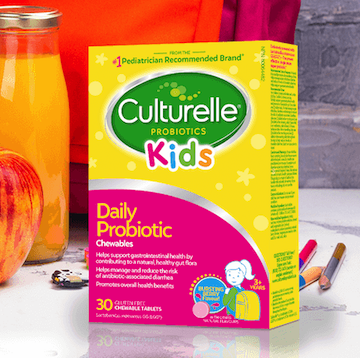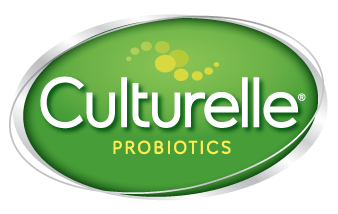Lactobacillus rhamnosus GG: Clinical Support in Children
Lactobacillus rhamnosus GG: the ideal probiotic for children
Lactobacillus rhamnosus GG has been proven to have digestive and immune benefits for children in multiple clinical trials1-3
By actively colonizing and balancing the gastrointestinal microbiotia, as well as influencing the humoral and cell-mediated immune response, Lactobacillus rhamnosus GG helps keep kids healthy by supporting their digestive functions and natural defenses to help treat and prevent common childhood illnesses.1-3
Though still emerging, early studies indicate promising connections between Lactobacillus rhamnosus GG and other benefits outside the immune and digestive systems. Findings suggest promising development of new strategies for:
- Treatment and prevention of atopic dermatis, also known as eczema4-7
- Reduction in the incidence of allergic diseases8
- Reduction in the incidence of Neuropsychiatric disorders9,10
- Reduction in the incidence of dental caries, particularly in high risk children11,12







